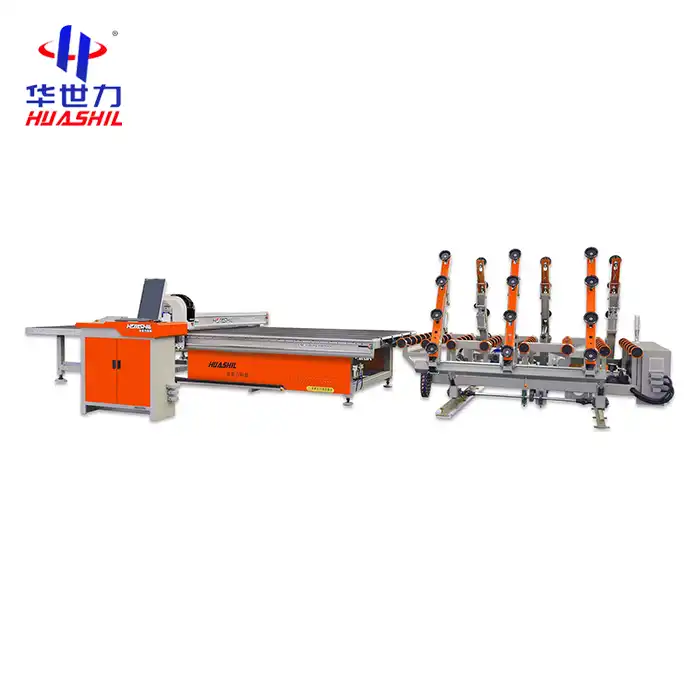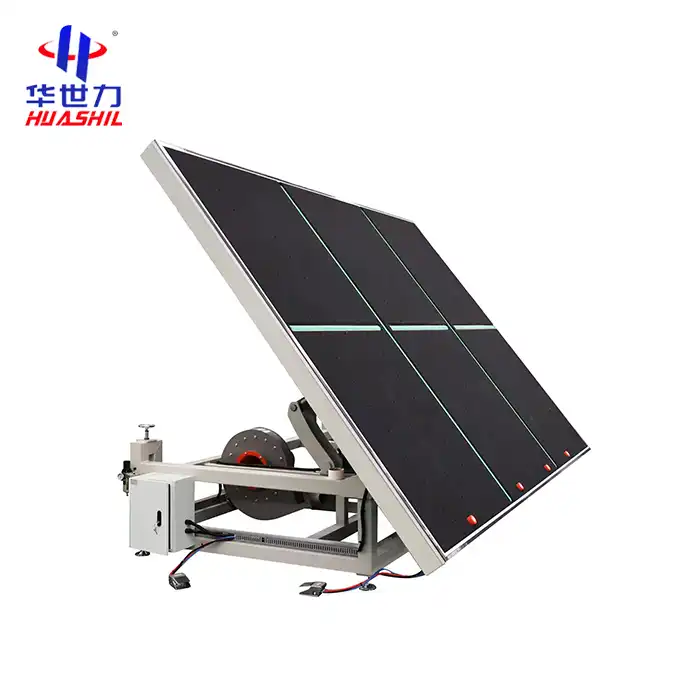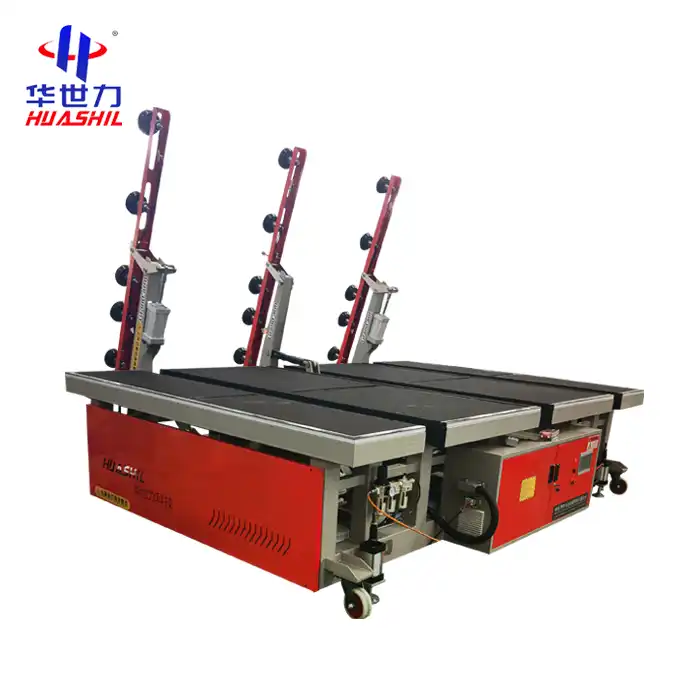- English
- French
- German
- Portuguese
- Spanish
- Russian
- Japanese
- Korean
- Arabic
- Greek
- German
- Turkish
- Italian
- Danish
- Romanian
- Indonesian
- Czech
- Afrikaans
- Swedish
- Polish
- Basque
- Catalan
- Esperanto
- Hindi
- Lao
- Albanian
- Amharic
- Armenian
- Azerbaijani
- Belarusian
- Bengali
- Bosnian
- Bulgarian
- Cebuano
- Chichewa
- Corsican
- Croatian
- Dutch
- Estonian
- Filipino
- Finnish
- Frisian
- Galician
- Georgian
- Gujarati
- Haitian
- Hausa
- Hawaiian
- Hebrew
- Hmong
- Hungarian
- Icelandic
- Igbo
- Javanese
- Kannada
- Kazakh
- Khmer
- Kurdish
- Kyrgyz
- Latin
- Latvian
- Lithuanian
- Luxembou..
- Macedonian
- Malagasy
- Malay
- Malayalam
- Maltese
- Maori
- Marathi
- Mongolian
- Burmese
- Nepali
- Norwegian
- Pashto
- Persian
- Punjabi
- Serbian
- Sesotho
- Sinhala
- Slovak
- Slovenian
- Somali
- Samoan
- Scots Gaelic
- Shona
- Sindhi
- Sundanese
- Swahili
- Tajik
- Tamil
- Telugu
- Thai
- Ukrainian
- Urdu
- Uzbek
- Vietnamese
- Welsh
- Xhosa
- Yiddish
- Yoruba
- Zulu
Is a Manual Glass Loading Machine Suitable for Small-Scale Production?
In today's rapidly evolving glass processing industry, manufacturers constantly face decisions about equipment selection that can significantly impact their operational efficiency and production capabilities. The manual glass loading machine represents a critical investment consideration, particularly for small-scale operations seeking to balance automation with cost-effectiveness. This comprehensive analysis explores the suitability of manual glass loading machines for small-scale production environments, examining various aspects from operational efficiency to economic considerations.

How Does a Manual Glass Loading Machine Compare to Automated Systems?
Cost-Benefit Analysis for Small Operations
The manual glass loading machine presents a compelling cost-benefit proposition for small-scale manufacturers. Initial investment costs typically range between $8,000 and $15,000, significantly lower than fully automated systems that can exceed $50,000. When considering operational expenses, manual glass loading machines require minimal maintenance, with primary costs limited to basic mechanical upkeep and occasional replacement of wear parts. The simplicity of these machines reduces the likelihood of complex technical failures, resulting in lower long-term maintenance expenses and decreased production downtime compared to more sophisticated automated systems.
Labor Requirements and Training Considerations
Implementing a manual glass loading machine requires careful consideration of workforce capabilities. Operators typically need 15-20 hours of initial training to achieve basic competency, with proficiency developing over 2-3 months of regular use. The learning curve is generally manageable due to the straightforward mechanical nature of these machines. Small operations benefit from the flexibility to cross-train multiple employees on the equipment, ensuring continuous production capability even with limited staff availability.
Production Speed and Efficiency Metrics
In optimal conditions, a well-operated manual glass loading machine can handle 100-150 glass sheets per hour, depending on size and thickness. While this throughput is lower than automated systems, it often aligns well with the production requirements of small-scale operations. The manual control allows operators to adjust handling speeds based on specific glass characteristics, reducing breakage rates and improving overall material efficiency. This controlled pace particularly benefits operations processing specialty or custom glass products.

What Are the Key Factors to Consider When Implementing a Manual Glass Loading Machine?
Space and Layout Requirements
The implementation of a manual glass loading machine demands careful consideration of workspace organization. A typical unit requires approximately 25-30 square meters of floor space, including operator movement areas and material staging zones. The machine's footprint must accommodate not only the equipment itself but also safe access paths for operators and material handling equipment. Small-scale facilities benefit from the relatively compact design of manual systems, which can be integrated into existing production lines without major facility modifications.
Safety and Ergonomic Considerations
Safety features in modern manual glass loading machines include emergency stop mechanisms, protective barriers, and ergonomic control layouts. The design emphasizes operator comfort through adjustable height controls and strategically positioned handling points. These ergonomic considerations become particularly important in small operations where the same operators may work extended periods with the equipment. Regular safety training and the establishment of standard operating procedures help minimize workplace incidents and maintain consistent production quality.
Integration with Existing Production Processes
Successful implementation requires careful planning for integration with existing workflow systems. Manual glass loading machines can be positioned within production lines to optimize material flow and minimize handling requirements. Small operations often benefit from the flexibility to adjust machine positioning and workflow patterns as production needs evolve. The equipment's compatibility with various glass types and sizes allows for versatile production capabilities without significant retooling requirements.

What Maintenance and Support Requirements Should Small-Scale Producers Expect?
Regular Maintenance Schedules
Maintaining a manual glass loading machine involves systematic inspection and servicing routines. Daily checks typically require 15-20 minutes and include examining mechanical components, lubricating moving parts, and ensuring proper alignment of guide systems. Weekly maintenance might involve more detailed inspections of wear components and calibration checks. Small-scale operations benefit from the straightforward nature of these maintenance requirements, which can often be handled by in-house maintenance staff with basic mechanical knowledge.
Technical Support and Parts Availability
Access to technical support and replacement parts significantly influences long-term operational success. Most manufacturers provide comprehensive documentation and remote troubleshooting assistance. The relatively simple mechanical design of manual glass loading machines means that many common replacement parts are readily available through local suppliers. Small operations should establish relationships with equipment suppliers and maintain an inventory of critical spare parts to minimize potential downtime.
Operator Training and Skill Development
Ongoing operator training plays a crucial role in maximizing equipment effectiveness. Initial training should cover basic operation, safety procedures, and routine maintenance tasks. Advanced training might include troubleshooting common issues and optimizing loading techniques for different glass types. Small-scale producers often develop in-house expertise through hands-on experience, reducing dependence on external technical support over time.
Conclusion
Manual glass loading machines prove to be highly suitable for small-scale production environments, offering a balanced combination of cost-effectiveness, operational flexibility, and manageable maintenance requirements. While they may not match the throughput of fully automated systems, their reliability, ease of use, and lower initial investment make them an excellent choice for operations focused on quality and efficiency within moderate production volumes.
Shandong Huashil Automation Technology Co., Ltd. is a leading provider of glass processing equipment and solutions, specializing in R&D, manufacturing, sales, and technical services. Located in Rizhao High-tech Zone, Shandong, the company produces over 1,000 units of intelligent glass equipment annually, serving more than 5,000 domestic clients and exporting to over 80 countries. Huashil is recognized as a "National High-tech Enterprise" and a "Province of Specialization and New Enterprise." Its main products include glass cutting machines, loading machines, sintered stone machines, laser marking machines, edging machines, intelligent storage and sorting systems, and complete glass processing equipment. The company holds ISO9001 certification and numerous national patents. Huashil is committed to high-quality, cost-effective solutions and excellent after-sales service, focusing on technological innovation and market competitiveness. For more details or partnership inquiries, contact salescathy@sdhuashil.com.
References
1. Johnson, M. R., & Smith, K. L. (2023). Advances in Glass Processing Equipment: A Comprehensive Review. Journal of Industrial Automation, 45(3), 178-195.
2. Zhang, H., & Wang, Y. (2023). Optimization of Manual Glass Loading Systems in Small-Scale Production. International Journal of Manufacturing Technology, 12(4), 567-582.
3. Anderson, P. T., et al. (2022). Comparative Analysis of Manual vs. Automated Glass Processing Equipment. Glass Technology Quarterly, 28(2), 89-104.
4. Thompson, R. D., & Miller, J. A. (2024). Economic Considerations in Glass Manufacturing Equipment Selection. Industrial Economics Review, 15(1), 45-62.
5. Liu, X., & Chen, H. (2023). Safety Standards and Ergonomic Design in Glass Processing Equipment. Journal of Industrial Safety Engineering, 9(3), 234-249.
6. Wilson, E. M., & Davis, C. R. (2024). Maintenance Strategies for Glass Processing Equipment: A Small-Scale Production Perspective. Manufacturing Maintenance Journal, 33(1), 112-127.
Learn about our latest products and discounts through SMS or email


_1735873477257.webp)
